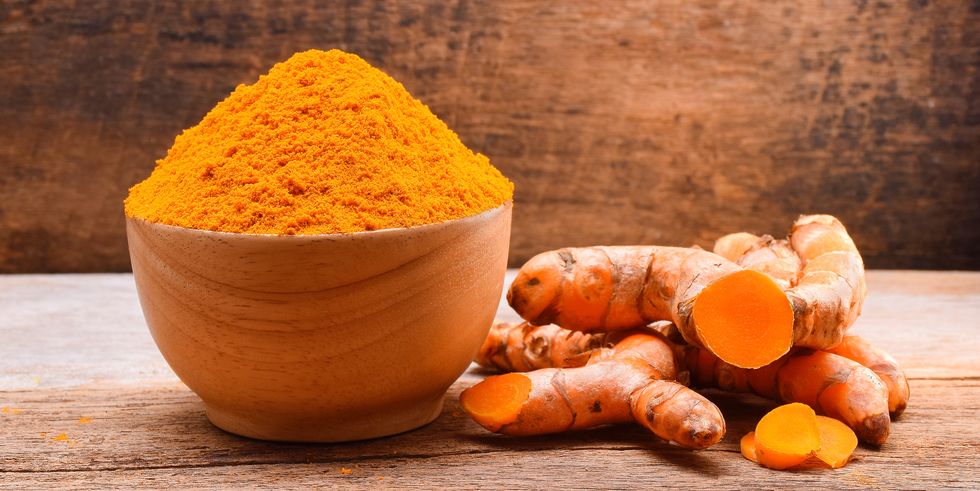Scientists from the Indian Institute of Food Processing Technology (IIFPT) are using 3D printing to transport nutrients around the human body in a more efficient way.
Designing suitable carriers for bioactive compounds is crucial for improving bioavailability and safety. This is especially true when it comes to medications and supplements that contain more than one compound, such as multivitamins.
IIFPT researchers have now explored the use of a 3D printed beeswax-based medium-chain triglycerides (MCT) oleogel as a co-delivery carrier for resveratrol and curcumin.

What are resveratrol and curcumin?
Resveratrol and curcumin are known as nutraceuticals (derived from nutrient and pharmaceutical), a form of dietary supplement claiming to have health benefits. Resveratrol comes from a family of compounds called polyphenols, which are produced by several plants and thought to act like antioxidants when ingested.
On the other hand, curcumin is a bright yellow chemical produced by the turmeric plant, a member of the ginger family. As well as being sold as a herbal supplement for anti-inflammation and wound healing, curcumin is used in cosmetics, food coloring, and flavorings.
According to the researchers, the combination of these two compounds is well-studied and widely considered to be a synergistic health booster. Unfortunately, they’re also plagued by poor water solubility and processability, making it difficult to package them up into ingestible formulations for the human body to absorb.

3D printed oleogels as a carrier system
A potential solution to the compound transport problem is the use of edible oleogels and structured oils, which are thought to be great carrier systems for certain fat-soluble active chemicals.
To develop a stable emulsion formulation, the team added gelatin and gellan gum to an MCT oleogel in varying amounts and examined the effects. They also mixed in potato starch and whey protein to make the beeswax-based carrier gel extrudable, and used it to 3D print a set of nutraceutical-dosed samples.
Increasing the gellan gum content was found the make the emulsion more stable, and even turned out to be a critical parameter in the 3D printing process. When compared to a control MCT oil sample, the 3D printed carrier systems improved the bioaccessibility of curcumin by 1.13x and resveratrol by 1.2x in in-vitro experimentation.
The process also allowed for custom carrier shapes to be printed, paving the way for tunable infusion and dosage release profiles. By providing insights into 3D printed oleogel and its function as a nutraceutical carrier, the team believes its work could eventually pave the way for highly-precise personalized nutrition.
Further details of the study can be found in the paper titled ‘3D printed MCT oleogel as a co-delivery carrier for curcumin and resveratrol’.
Elsewhere, the 3D printing of oral medication is an active area of research in additive manufacturing. Earlier this year, researchers at the University of Queensland published a new paper exploring 3D printing’s role in the future of personalized medicine for patients. According to PhD student and lead author of the study Liam Krueger, the technology will be refined enough to accurately print specialized dosages onsite in hospitals and pharmacies in the coming years.
Elsewhere, in a bid to make the mass production of 3D printed tablets a reality, the venture capital arm of chemicals firm Evonik recently invested in Nevada-based 3D printed pharmaceutical firm Laxxon Medical. The firms are partnering to fabricate novel multi-drug tablets at high volumes using Laxxon’s patented 3D screen printing technology and Evonik’s specialized polymer materials.
Subscribe to the 3D Printing Industry newsletter for the latest news in additive manufacturing. You can also stay connected by following us on Twitter, liking us on Facebook, and tuning into the 3D Printing Industry YouTube Channel.
Looking for a career in additive manufacturing? Visit 3D Printing Jobs for a selection of roles in the industry.
Featured image shows dietary supplements. Photo via Yulia Reznikov.


